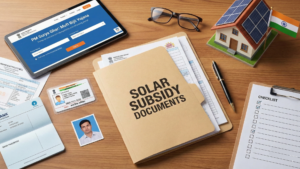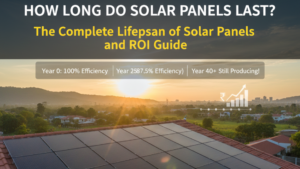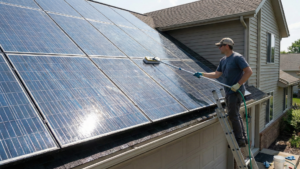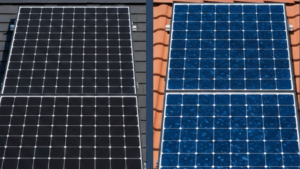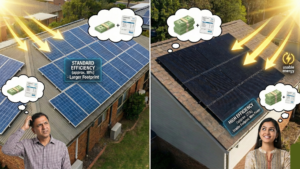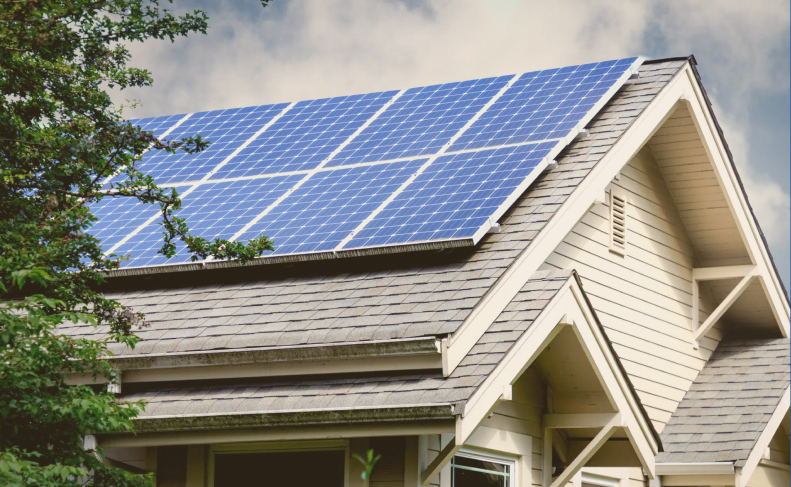Solar panels have become a familiar sight on rooftops, offering a sustainable way to generate electricity.
What are solar roof shingles?
Shingles, also known as photovoltaic shingles, are essentially miniaturized solar panels designed to mimic traditional roofing materials like asphalt or slate. They replace conventional shingles, functioning as both a weatherproofing layer and an electricity generator.
How much it cost to install?
- Price per square foot: Shingles themselves typically range from $21 to $25 per square foot, translating to $2,100 to $2,500 per roofing square (a square being 100 square feet).
- Total project cost: For an average-sized single-story home in the United States, expect the total installation cost to be between $63,000 and $75,000.
- Variations in cost: This cost can be influenced by your roof size, complexity (slope and pitch), and labor rates in your area.
How are Tesla Shingles different from other shingles?
Tesla boasts a lower cost per watt for the solar component ($1.80/watt) compared to other brands.
Some competitors allow integrating their shingles with your existing roof, potentially bringing down the total cost.
Here’s a quick summary to help you decide:
- Choose Tesla if: Aesthetics are a top priority, and you’re comfortable with a potentially longer wait time and a full roof replacement.
- Consider other brands if: Cost is a major concern, you have an existing roof in good condition, or you prefer to work with local roofing contractors.
https://www.tesla.com/solarroof
Tesla solar roof tiles vs. competitors
Tesla seems to be the only brand in shingles category but there are quite a few other companies that manufacture shingles.
GAF Energy
GAF Energy’s Timberline shingles are a strong contender in the residential solar shingle market.
They also provide support services for permitting and project coordination, streamlining the process for homeowners.
Luma Solar
Luma Solar is another major player in the solar shingle market, known for their award-winning and patented integrated solar roof systems. Luma’s shingles have a power rating of 80 watts each, and come with a 25-year production warranty and a 5-year limited product warranty.
Pricing started at $4.50 per watt for an older iteration of their shingles that had a slightly lower power rating than the current version.
Suntegra
Suntegra offers two solar shingle systems: SunTegra Shingle and SunTegra Tile . Both are designed to integrate seamlessly with your existing roof, replacing conventional shingles or tiles.
CertainTeed Apollo II
CertainTeed, a leading brand of traditional roofing shingles, began offering solar products in the late 2000s. Currently, they have two solar shingle products to choose from: the Apollo II shingles and the Apollo II tiles
CertainTeed solar shingles don’t require you to replace your entire roof. They can even be installed on top of existing asphalt shingles.
Pros and cons of solar shingles
Pros:
- Aesthetics: Solar shingles seamlessly integrate with your roof, creating a uniform and visually pleasing look. No more bulky solar panels dominating your roofline.
- Durability: Solar shingles are built to last, lasting as long as traditional roofing materials (25-30 years) and potentially even longer.
- Low Maintenance: Unlike solar panels with exposed electrical components, solar shingles require minimal maintenance.
- Potential Property Value Increase: A solar-powered roof can be a selling point, potentially increasing your home’s value.
- All-in-One Solution: Solar shingles combine roofing and solar power generation, potentially simplifying the installation process.
Cons:
- Cost: They are currently significantly more expensive than traditional solar panels, with a price tag of $21 to $25 per square foot of shingles.
- Efficiency: They tend to have a lower energy conversion efficiency compared to traditional solar panels (around 13-17% vs. 22-23%). This means they might generate less electricity for your home.
- Limited Availability: Solar shingle technology is still evolving, and their availability might be limited in some areas.
- Fixed Location: Unlike solar panels that can be adjusted for optimal sun exposure, shingles are fixed to your roof’s orientation. This might not be ideal if your roof isn’t facing south and receiving maximum sunlight.
- Full Roof Replacement (for some): In some cases, installing shingles might require a complete roof replacement, adding to the overall cost.

